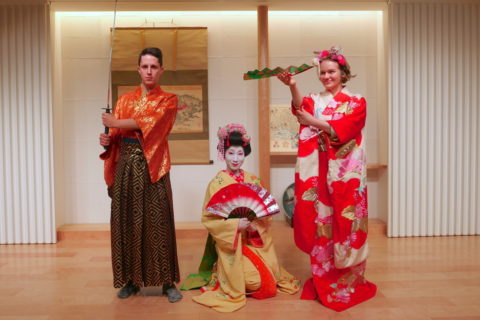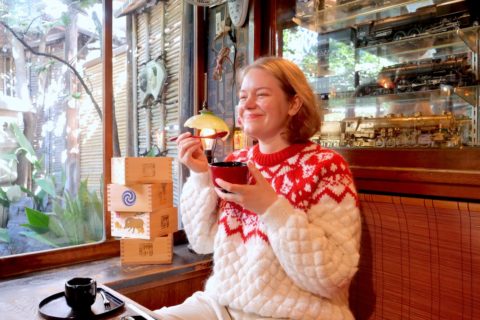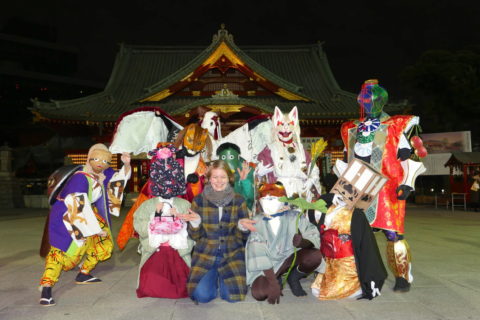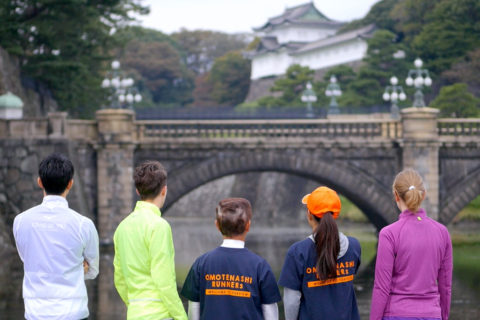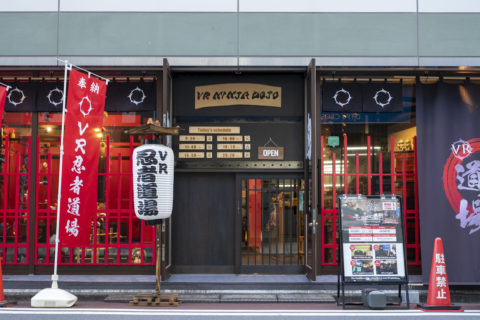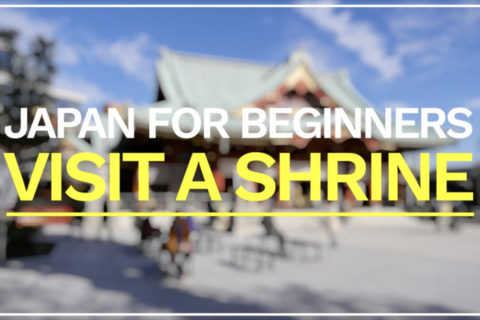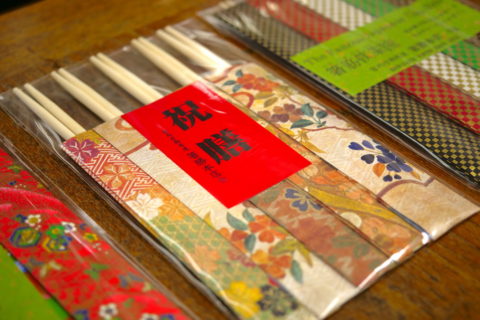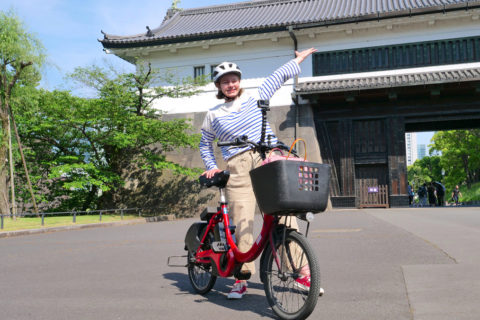
The Imperial Palace is a must-visit attraction in Tokyo, but where to go? Not many people know where to go and how to tour the grounds. Depending on the area, some sites are off-limits to the public without joining a tour. In this article, we will show you how to participate in the popular “Guided Tour of the Imperial Palace”, and tell you about the highlights!
Content
What Is the Imperial Palace Area?
The Imperial Palace is located in the center of Tokyo. In its vast grounds, there are different areas, some of which can be visited freely, others of which are off-limits, and some that require a tour to see. Once upon a time, the Edo Castle of the Tokugawa Shogunate stood here, making it a place that oozes history.
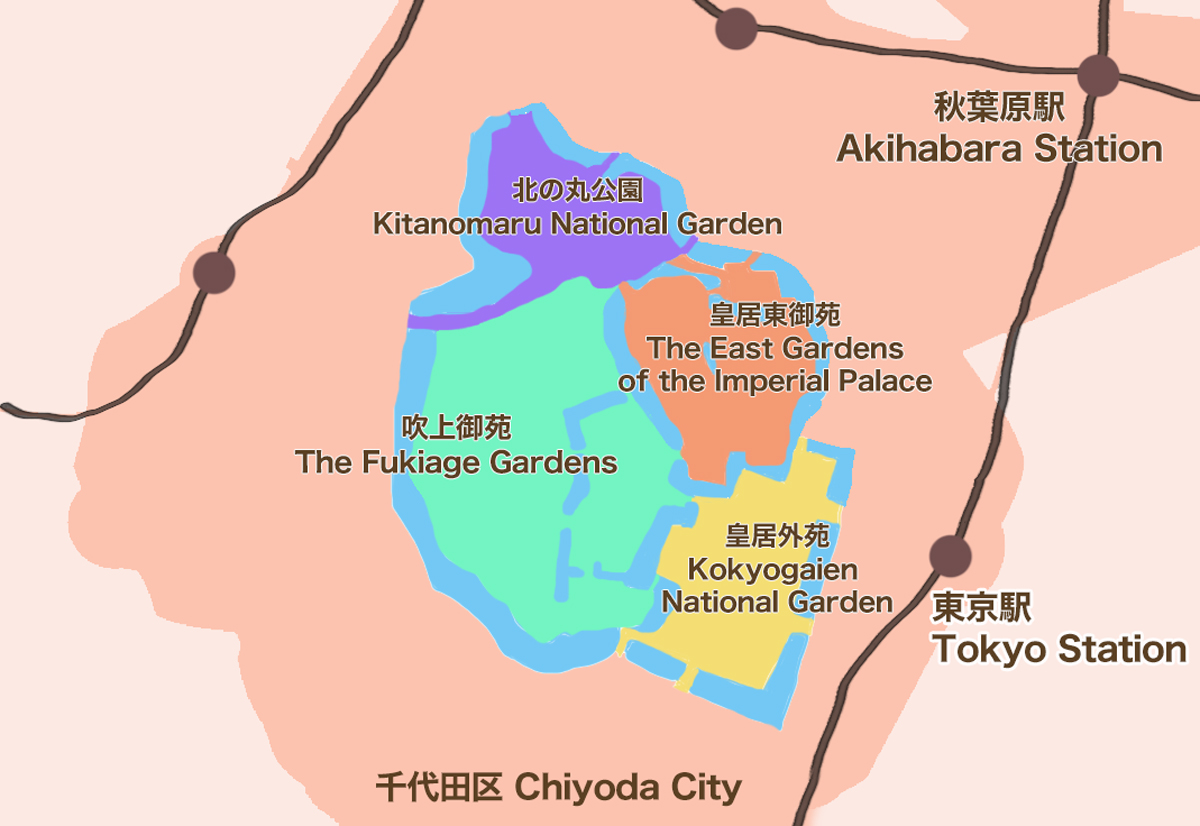
Kitanomaru National Garden (purple area) houses the Nippon Budokan, where various events are held, the National Museum of Modern Art, Tokyo (MOMAT), and some famous autumn leaves spots. Kitanomaru National Garden is open to the public, while the Imperial Palace East Gardens (orange area) are also accessible and makes for a relaxing stroll during its business hours.
The “Imperial Palace Garden / Kokyo Gaien” (yellow area) is a magnificent square that spreads out in front of the Imperial Palace. Here, you can tour the remaining stone walls of the former Edo Castle and the bridge at the entrance to the Imperial Palace freely.
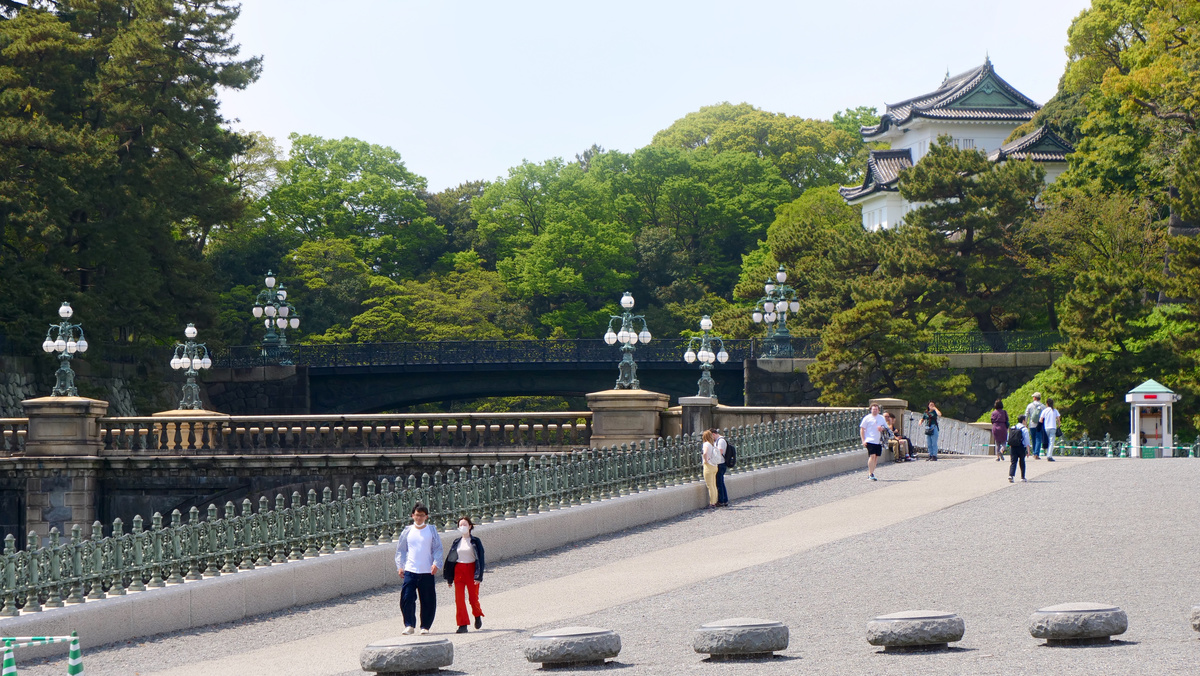
Fukiage Gyoen (green area) is where the Imperial family resides, so therefore access is restricted. However, if you join the “Guided Tour of the Imperial Palace,” you can see part of the grounds. Now, let’s take a look at the “Guided Tour of the Imperial Palace,” which is very popular among foreign tourists.
I Joined the “Guided Tour of the Imperial Palace”!
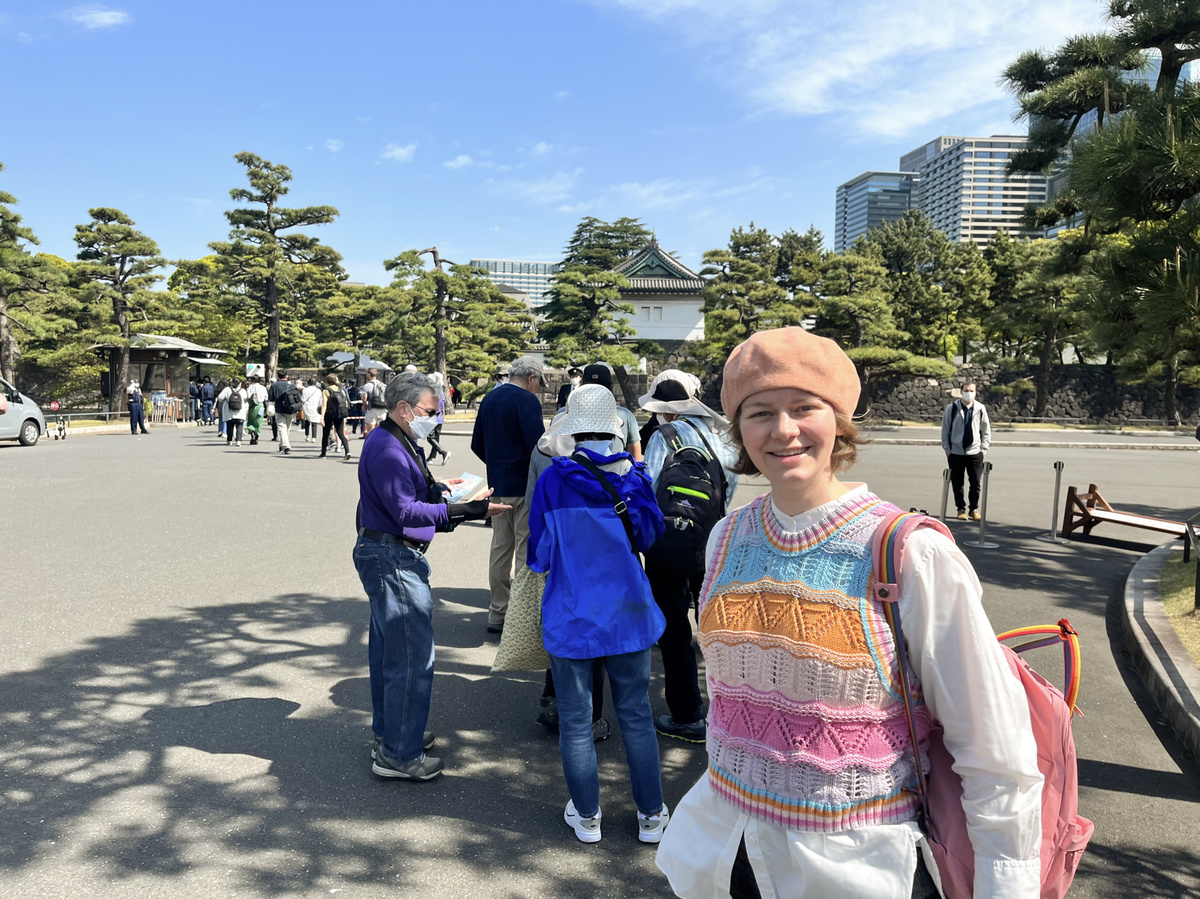
The Guided Tour of the Imperial Palace starts twice daily: in the morning and afternoon. The morning tour begins at 10:00, and the afternoon session at 13:30. You need to be there 30 minutes before the start time. You can apply to participate in the tour in advance from the Imperial Household Agency website, but due to its popularity, there are some dates when you cannot apply. In that case, you can try to get one of the spots for people without a reservation. In this case, you need to be quick and get a numbered ticket. The distribution of numbered tickets for the morning session starts at 9:00, but there is usually a line that forms before 8:00, so be sure to arrive early!
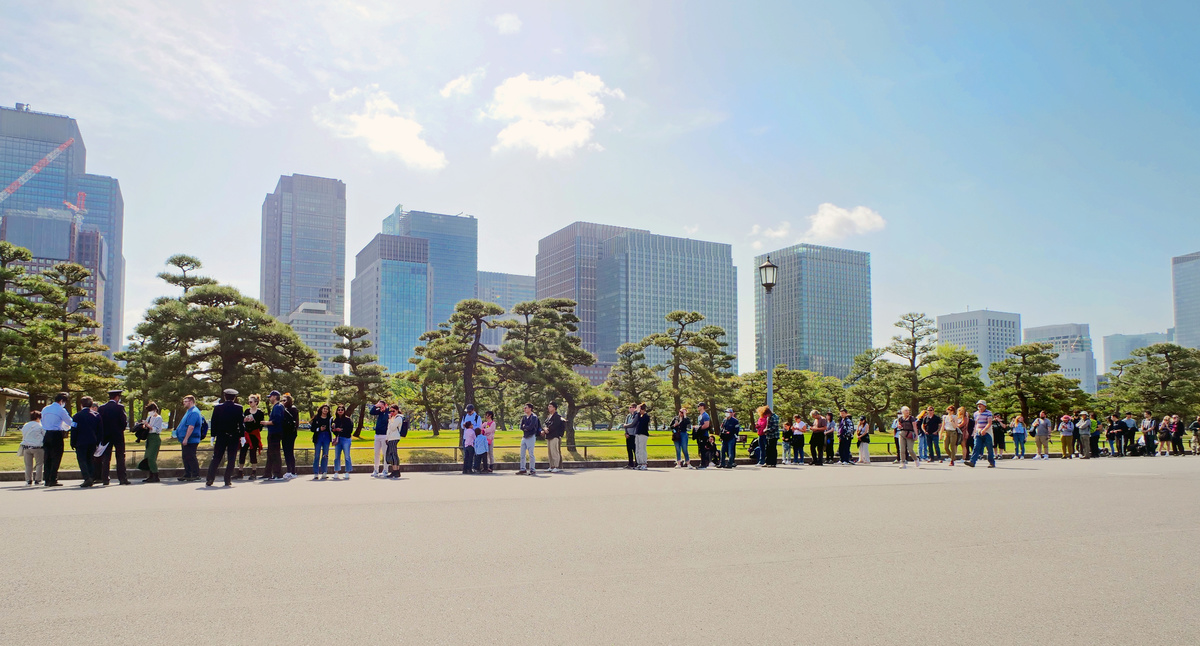
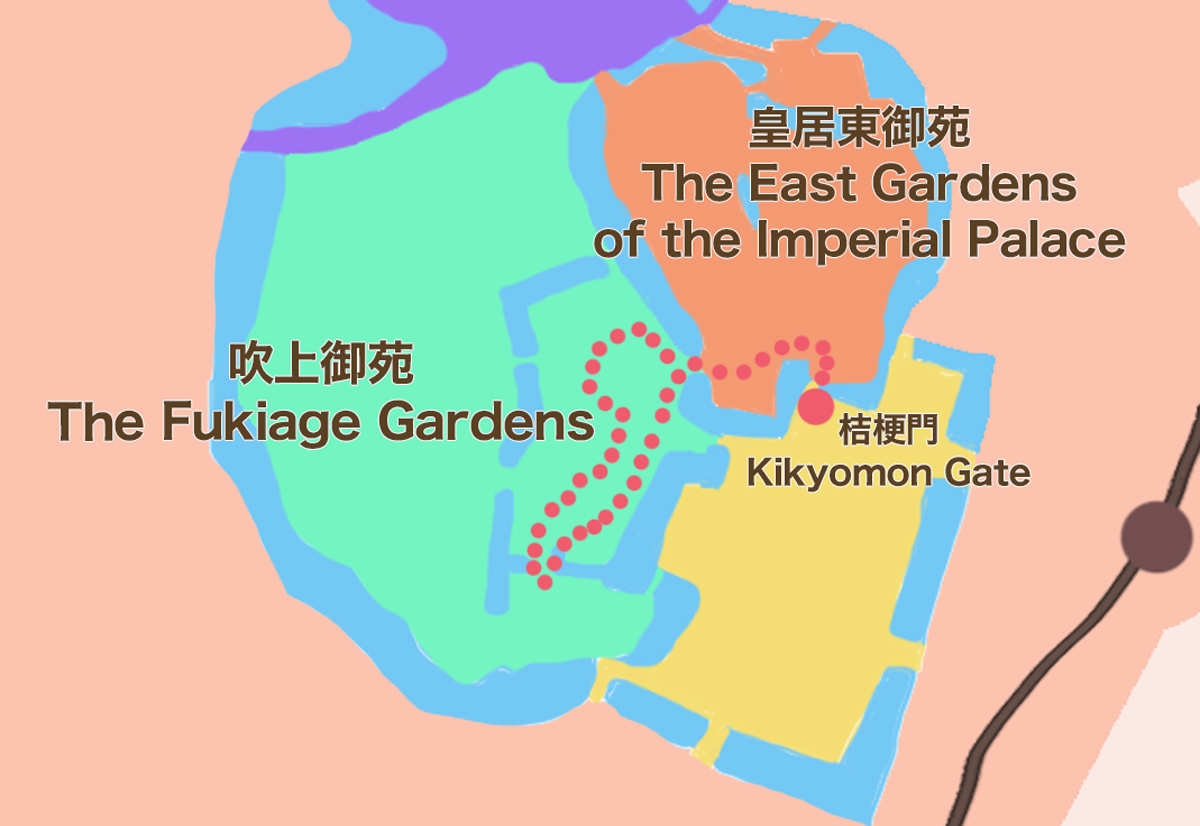
Make sure to install the “Imperial Household Agency Audio Guide App” on your smartphone in advance! It is available in six languages: Japanese, English, Chinese, Korean, French, and Spanish. By using this app while on the tour, you can get a deeper understanding of the Imperial Palace.
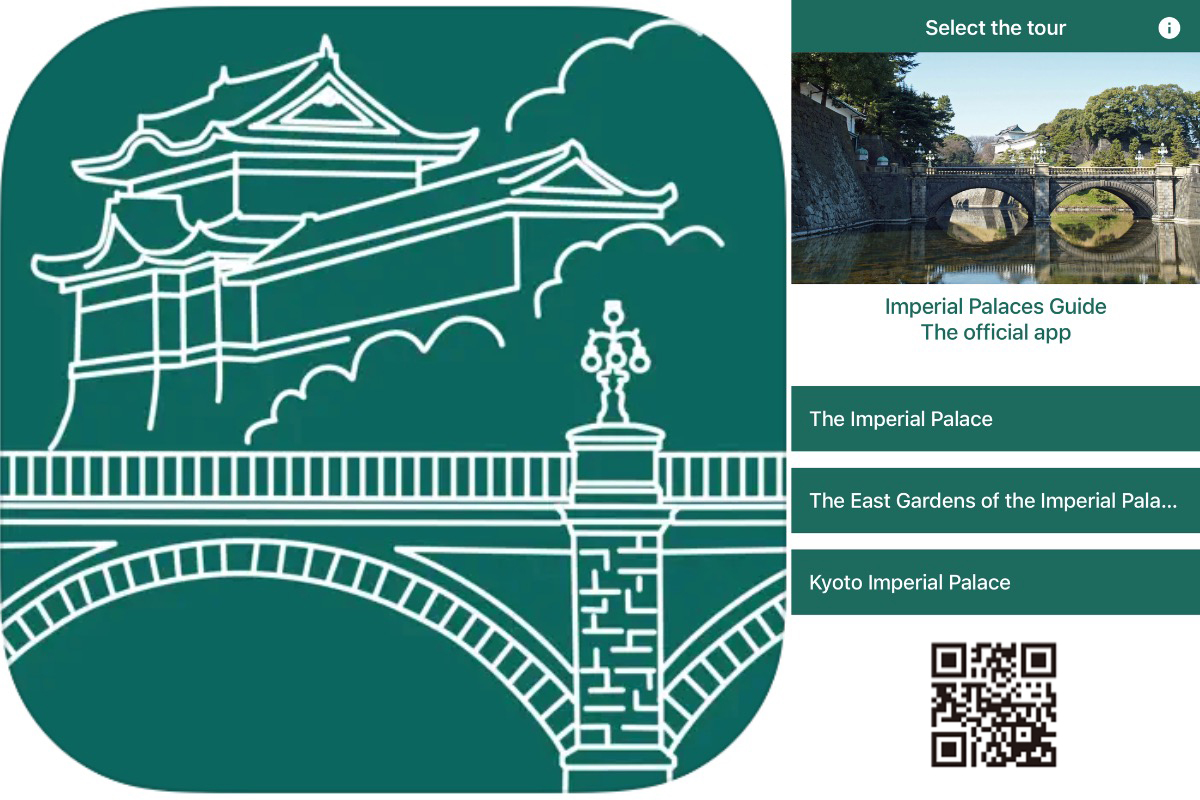
Highlights of the tour

A professional guide will lead you and explain the history and culture of the Imperial Palace. The Fujimi Yagura watchtower, which burned down in a fire and was rebuilt in 1659, is a remnant of the Edo Castle era. The triple stores is a luxury that is rare even in Japan!
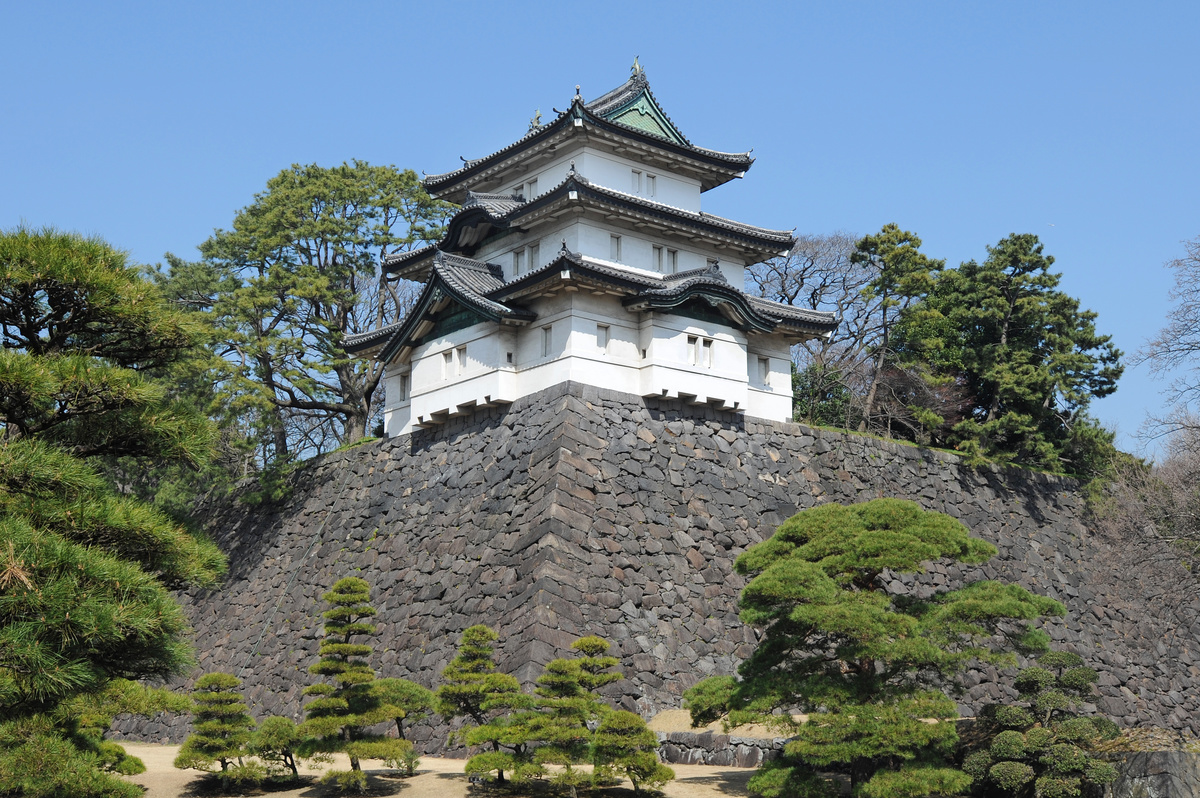
The Fujimi Tamon building, one of the buildings that housed the weapons of the Edo Castle Honmaru (the main enclosure of the castle), is an impressive sight! The height of the stone wall is 20 meters! This is historical high security!
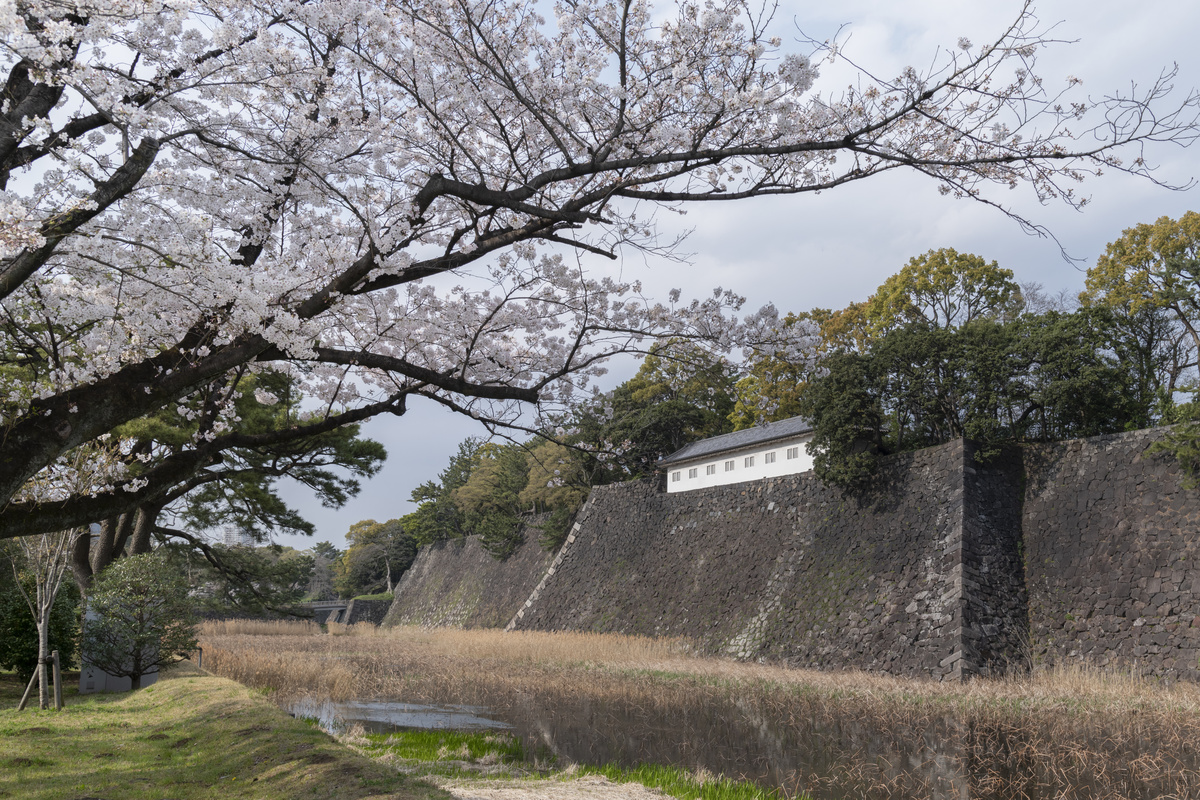
For me, the Imperial Household Agency building was a personal highlight. Built in 1935, the front part of the building is a striking pentagon or diamond shape! Initially used as a temporary palace, the Imperial Household Agency is responsible for the official duties of the Emperor, Empress and other members of the imperial family, and is dedicated to preserving the cultural heritage passed down through the generations.
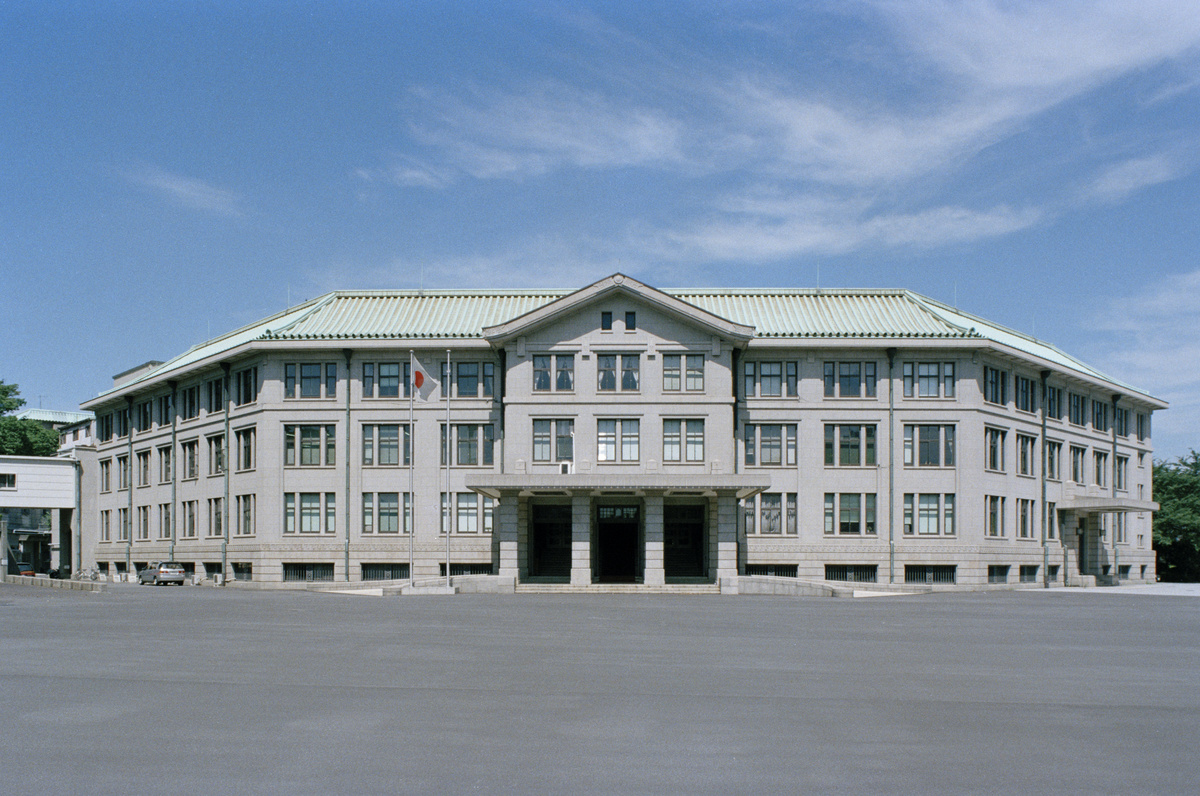
And what visit to the Imperial Palace would be complete without checking out the palace itself? Getting closer to the Emperor’s workplace is practically impossible, making this an experience not to be missed! In the background of the palace, you can see the impressive 16-meter-high Pine Tower.
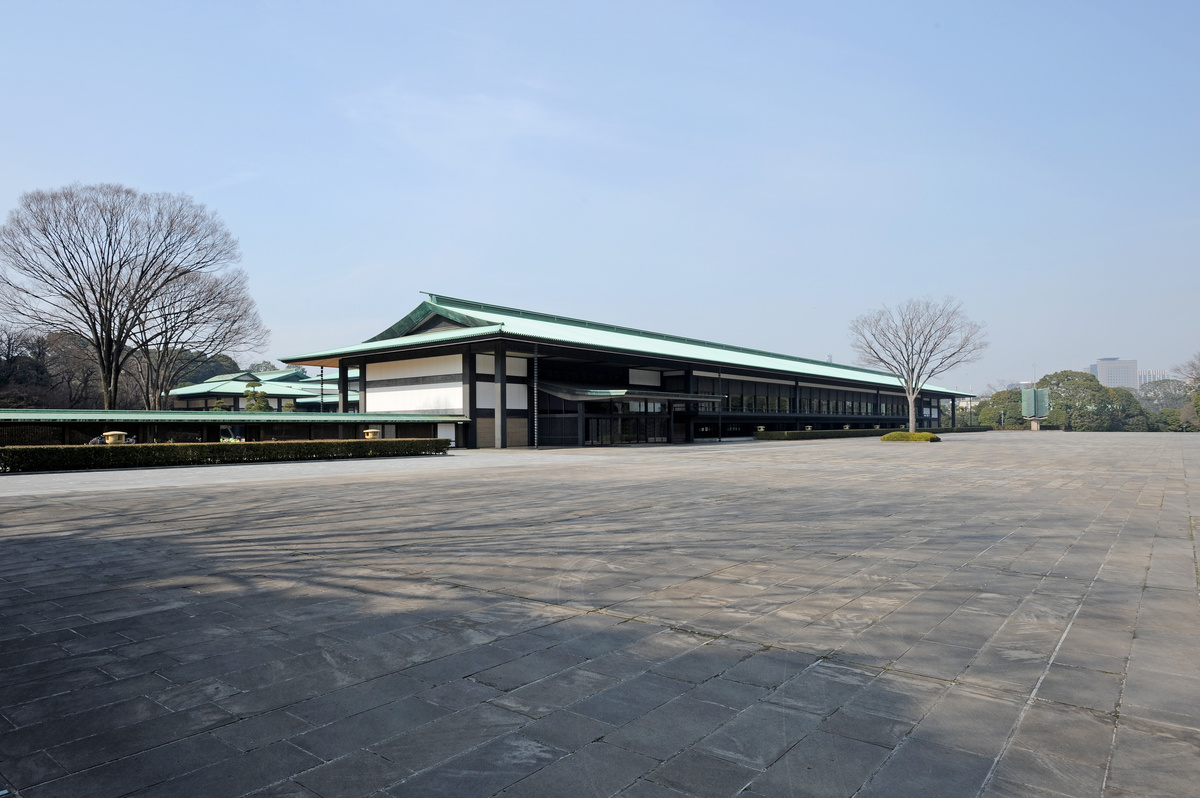
As you cross the Nijubashi Bridge, the stunning Fushimi Yagura watchtower comes into view. This beautiful structure is said to be one of the most attractive watchtowers in the Imperial Palace, having been dismantled and relocated from Fushimi Castle in Kyoto.
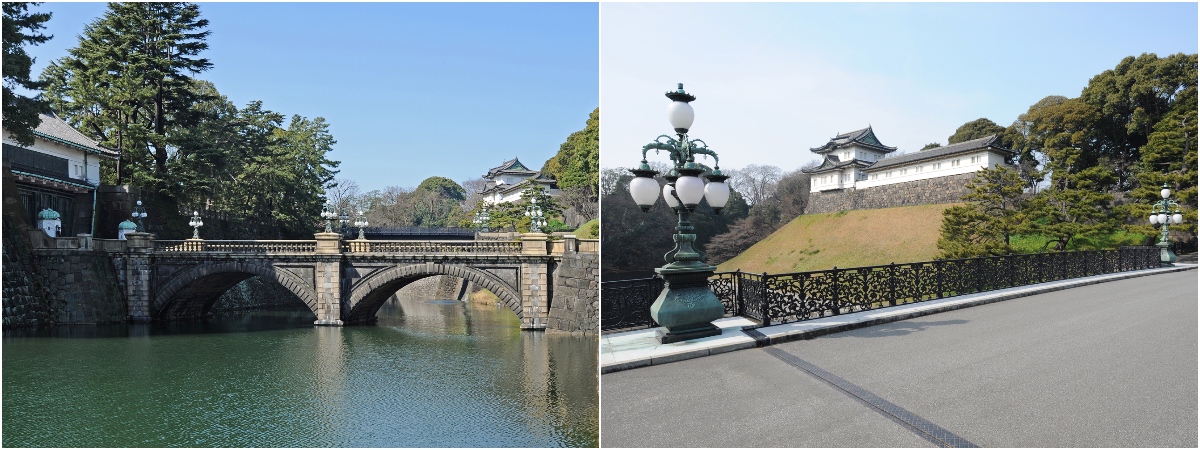
Take a stroll down the peaceful and lush Yamashita-dori Street, one of the most tranquil lanes in the Imperial Palace. I was surprised that the center of Tokyo was so quiet. Witness the beauty of nature as it transforms with the seasons, and appreciate the serenity of Tokyo’s city center.
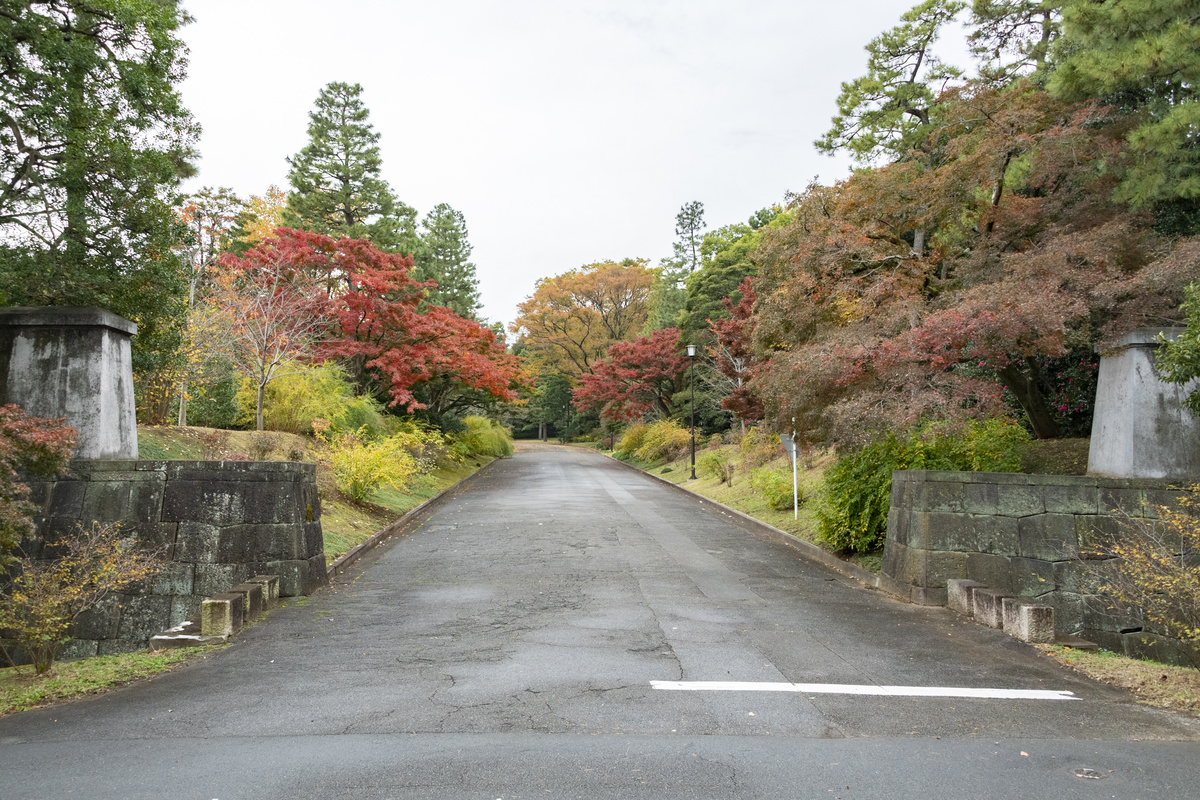
The tour ends at the Kikyo Gate. Starting here, you can continue your exploration of Tokyo or the other areas of the Imperial Palace. Visit the Imperial Palace East Gardens, where you can wander freely among the greenery, or grab a bite to eat at one of the many cafes and restaurants near Tokyo Station.
Exploring the Imperial Palace is a unique opportunity to immerse yourself in Japanese history and culture. With so much to see and learn, you won’t want to miss this once-in-a-lifetime experience!
Imperial Palace Guided Tour
https://www.kunaicho.go.jp/event/sankan/sankaninfo.html
English website:
https://sankan.kunaicho.go.jp/multilingual/lang/en/information.html#sankan1
Closed: Sundays, Mondays, and any day or time of the day when Imperial Court functions are scheduled or other unavoidable circumstances occur.
Also, it may change due to weather or events, so please check the official website in advance.
Access: Transportation and required time to the tour meeting place (Kikyomon)
About 10 minutes on foot from Subway Chiyoda Line “Nijubashi-mae Station” (Exit 6)
About 10 minutes on foot from “Otemachi Station” (Exit D2) on the Mita Line
About 15 minutes on foot from JR “Tokyo Station” (Marunouchi Central Exit)
Google Maps: https://goo.gl/maps/CPxz5Rgz6qjo3NvY8


